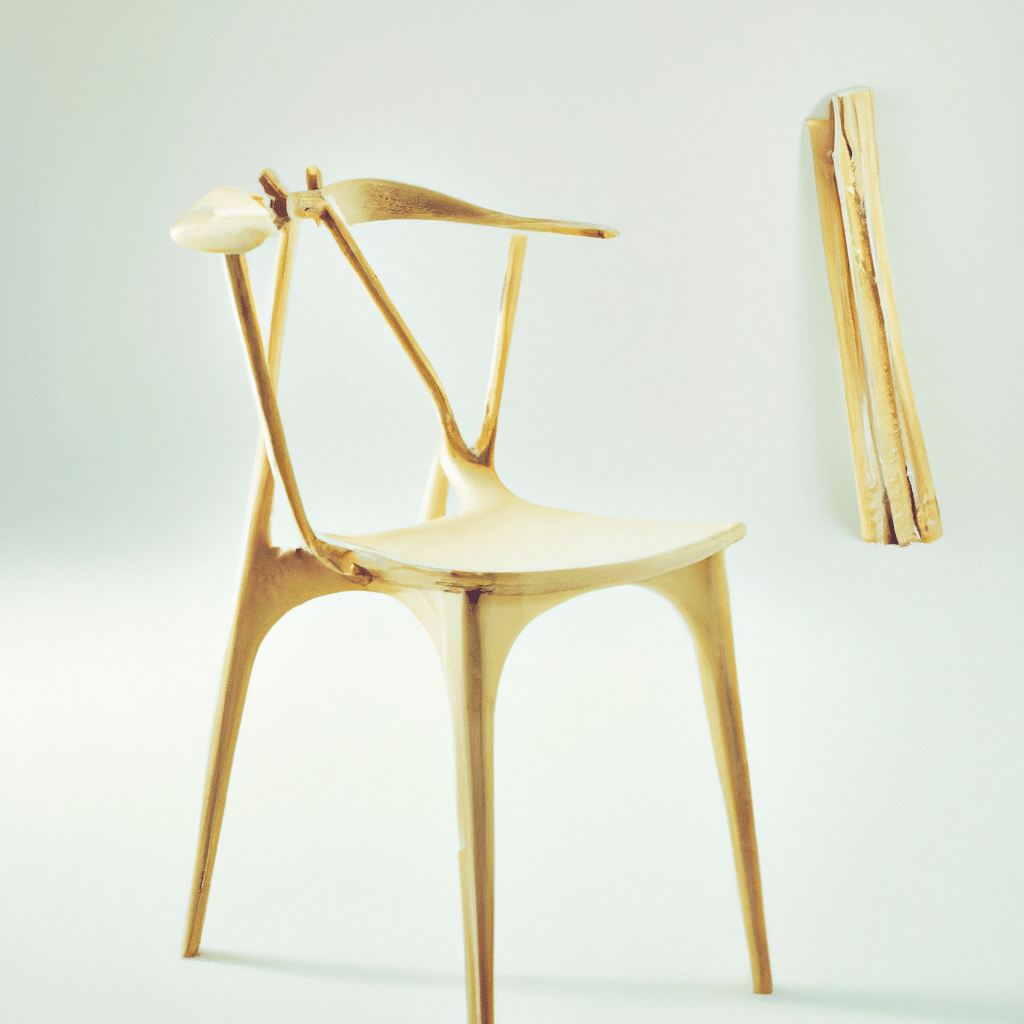In the world of furniture design, oak and walnut have long dominated the scene. These classic wood species are known for their durability, beauty, and versatility. However, for those seeking a unique and refreshing twist in their furniture, it’s time to look beyond the familiar and explore the realm of uncommon wood species. In this article, we will delve into the captivating world of lesser-known woods that can add a touch of extraordinary to your furniture pieces. From the exotic to the locally sourced, let’s embark on a journey to discover the hidden gems of uncommon wood species.

1. Padauk: The Vibrant Beauty of African Elegance
Padauk, native to Africa, is a wood species that instantly catches the eye with its vibrant reddish-orange hue. This striking color, often compared to sunset tones, adds a bold and captivating element to furniture design. Padauk is prized for its natural resistance to decay and its strength, making it an excellent choice for both indoor and outdoor furniture. Whether used as an accent or as the main wood, padauk brings a touch of African elegance to any space.
2. Purpleheart: The Enigmatic Marvel from Central and South America
If you’re seeking a wood species that stands out from the crowd, look no further than purpleheart. Hailing from Central and South America, this extraordinary wood boasts a deep purple color that is truly mesmerizing. Its unique hue, which deepens over time, adds a sense of mystery and enchantment to furniture designs. Purpleheart is not only visually striking but also highly durable, making it a fantastic choice for statement pieces that are sure to leave a lasting impression.
3. Bubinga: The African Beauty with a Rich Melody
Bubinga, originating from Africa, is a wood species that exudes elegance and sophistication. Its reddish-brown tones, often with beautiful figuring and grain patterns, create a warm and inviting atmosphere in any space. Bubinga is renowned for its strength and stability, making it an excellent choice for large furniture pieces like tables and cabinets. With its rich melody of colors and patterns, Bubinga is sure to elevate your furniture design to new heights.
4. Zebrawood: Nature’s Masterpiece of Contrast
Zebrawood, as its name suggests, is characterized by its distinctive zebra-like stripes. This exotic wood species, originating from West Africa, showcases a stunning combination of light golden-brown and dark brown stripes, creating a captivating visual effect. Zebrawood’s unique pattern makes it a popular choice for accent pieces, adding a touch of drama and intrigue to any room. Its natural durability and resistance to decay make it a practical and visually stunning option for furniture design.
5. Olive Wood: A Testament to Timeless Beauty
Olive wood, with its rich history and timeless appeal, is a wood species that has been cherished for centuries. Originating from the Mediterranean region, this exceptional wood showcases a beautiful array of warm colors, ranging from light yellows to deep browns and occasional dark streaks. Olive wood’s unique grain patterns and irregularities add a sense of character and charm to furniture pieces, making each one truly one-of-a-kind. Its inherent strength and durability make it an excellent choice for both decorative and functional furniture.
6. Cocobolo: The Exotic Gem from Central America
Cocobolo, native to Central America, is a wood species that captivates with its mesmerizing colors and striking grain patterns. Ranging from reddish-orange to dark brown, cocobolo showcases an array of hues that vary depending on the specific tree and location. Its highly figured grain, often resembling landscapes or abstract art, adds a touch of artistic flair to furniture designs. Cocobolo’s natural oils and density contribute to its durability, making it a popular choice for heirloom-quality furniture.
7. Lacewood: The Delicate Elegance of Australia
Lacewood, also known as silky oak, is a wood species that emanates delicate elegance and sophistication. Native to Australia, this exceptional wood showcases a beautiful lace-like pattern in its grain, giving it a unique and captivating appearance. The combination of light and dark streaks creates a sense of depth and dimension, making lacewood a popular choice for decorative elements in furniture designs. Its moderate hardness and stability make it suitable for a wide range of furniture applications, from tables to cabinets.
In conclusion, while oak and walnut have long been the go-to choices in furniture design, exploring uncommon wood species can take your creations to a whole new level. From the vibrant beauty of padauk to the enigmatic marvel of purpleheart, each of these lesser-known woods brings its own unique characteristics and charm. By daring to venture beyond the familiar, you can create furniture pieces that stand out from the crowd and leave a lasting impression. So go ahead, embrace the extraordinary, and let these uncommon wood species inspire your next furniture masterpiece.








